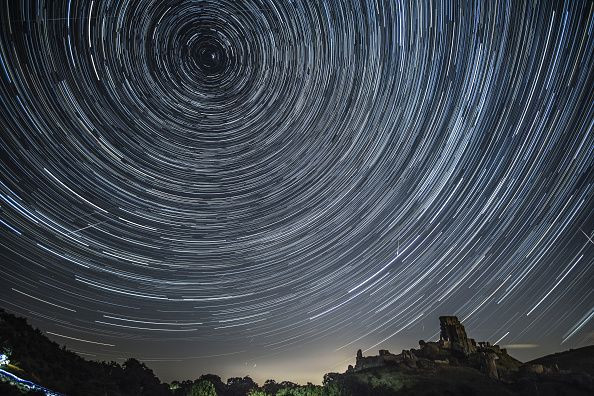Skywatching: How To Spot 7 Planets In The Sky This Week
KEY POINTS
- This week, skywatchers on Earth can catch a glimpse of the seven other planets in the solar system
- Some of the planets will be visible to the naked eye
- Others will have to be viewed using a telescope or binoculars to be seen well
November is packed with sky events. This week, skywatchers on Earth can catch a glimpse of the seven other planets of the solar system in the sky. Although the celestial bodies won't be visible all at the same time, being out at the right time would mean treating you to a rather special and rare experience.
Jupiter And Saturn
Jupiter and Saturn will come out first thing at nightfall, with the two giants appearing close to one another in the night sky, EarthSky explained. Since Jupiter is about 12 times brighter, it's best to look for it first, and then you will soon see Saturn.
Both planets will be visible in the southwestern sky to the naked eye, but using a telescope would also give a glimpse of Saturn's rings and Jupiter's four largest moons. This can be best viewed when the two planets are at their highest in the sky at nightfall.
Jupiter and Saturn will continue to appear close to each other in the sky for the rest of the year, culminating in the Great Conjunction happening in December, an event that only happens once every 20 years.
Mars
Although Mars reached its opposition in October, it will still be very bright for most of the night in November before it slowly dims in the night sky. The planet will be easy to spot with the naked eye because it will be the bright, reddish object in the sky.
Venus And Mercury
Venus and Mercury will shine bright during the early hours of the morning, with Venus rising earlier than the sun in early November. It will rise three hours earlier in the mid-northern latitudes, two hours earlier close to the equator and one and a half hour earlier than the sun in the Southern Hemisphere, EarthSky said.
It will be easy to spot because it will be the brightest planet in the sky.
The "morning star" is expected to be bright for the rest of the year, being 81% illuminated in early November and even brighter at 88% by the end of the month.
Mercury will also make an appearance in the early weeks of November, the website explained. It can easily be seen, with the naked eye, by first locating Venus, since Mercury will just be a few degrees to its lower left.
Uranus And Neptune
The two other planets, Uranus and Neptune, will be visible in the night sky but they will require either a telescope or a pair of binoculars to be viewed. Although Uranus can be visible to the naked eye when the sky is clear and dark, using a telescope can give skywatchers a glimpse of a tiny blue-green disk rather than the pinpoint light of a "star," Sky and Telescope said.
Uranus is currently in the Aries constellation while Neptune is in Aquarius.
Being much farther than Uranus, however, Neptune is a little harder to find. Its magnitude is also similar to the magnitude of many stars in the sky, so it might be harder to spot with the naked eye. But once it's spotted using a telescope, one may see it as a bluer, steadier pinpoint.
Skywatchers who want to catch a glimpse of the planetary show can use charts and other tools, such as apps, to find them. Such apps may also be useful for the other sky events in store for November.

© Copyright IBTimes 2025. All rights reserved.






















